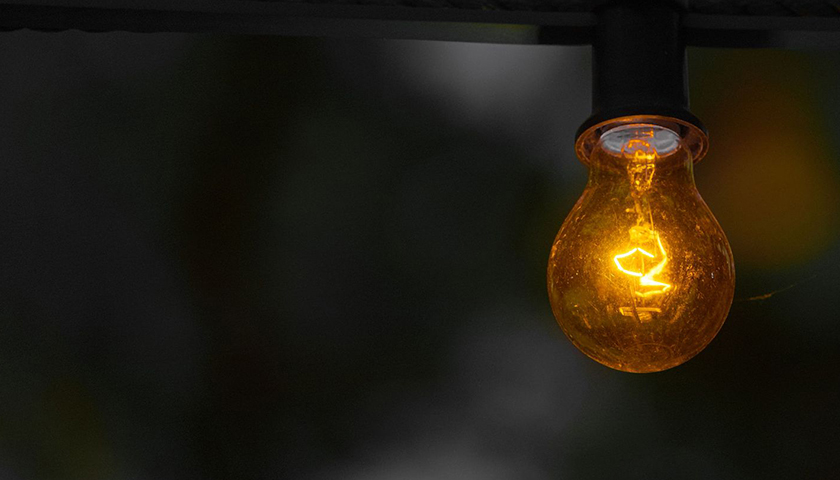
World Bank sanctions $300 Million to strengthen India’s Energy Efficiency
by Yash Saboo July 18 2018, 1:48 pm Estimated Reading Time: 3 mins, 2 secsIndia’s climate change commitments to reduce carbon intensity by 33-35 percent by 2030 from 2005 level will require a significant focus on energy efficiency improvements. This is why the World Bank Board of Executive Directors have approved a $220 million (Rs 1496 crore) loan and an $80 million (Rs 544 crore) guarantee for the India Energy Efficiency Scale-Up Program.
According to the World Bank, the Program, to be implemented by the Energy Efficiency Services Limited (EESL), will help scale up the deployment of energy saving measures in residential and public sectors, strengthen EESL’s institutional capacity, and enhance its access to commercial financing.
The investments under the Program are expected to avoid lifetime greenhouse gas emissions of 170 million tonnes of CO2 and contribute to avoiding an estimated 10 GW of additional generation capacity. This would be over 50 percent of the National Mission for Enhanced Energy Efficiency target of 19.6 GW indicated in India’s Nationally Determined Contributions (NDCs) under the Paris Accord.
So how will this project help Indians? The key components of the operation include creating sustainable markets for LED lights, energy efficient ceiling fans, facilitating well-structured and scalable investments in public street lighting, developing sustainable business models for emerging market segments such as super-efficient air conditioning and agricultural water pumping systems and strengthening the institutional capacity of EESL.
In addition to this, the Program also aims to help increase private sector participation in energy efficiency, including through private sector energy service companies.

Mashable
About 219 million LED bulbs and tube lights, 5.8 million ceiling fans, and 7.2 million street lights (which will be supplied by private sector manufacturers and suppliers) will be deployed under the Program by EESL.
As an integral part of the operation, the first-ever IBRD guarantee in India will help EESL access new markets for commercial financing in line with the Bank’s approach of maximizing finance for development. The guarantee is expected to leverage some $200 million in additional financing, to help EESL with its growing portfolio and future investment needs.
“This energy efficiency Program for Results will help India meet its NDC commitments and move further towards a more resource-efficient growth path,” said Junaid Ahmad, World Bank Country Director in India.
“The additional guarantee from the World Bank will support EESL to access new sources of commercial funding, diversify its investor base, and establish a track record for future access to financial markets,” he added.
Demand for energy end-use appliances and equipment like lighting, ceiling fans, air conditioners, refrigerators, agricultural pumps and industrial motors is projected to grow significantly in India. So far, through the “Unnat Jyoti by Affordable LEDs for All” (UJALA) program, EESL has already deployed more than 295 million LED bulbs, resulting in avoiding over 7,500 MW of new electricity generation capacity and bringing a significant drop in retail prices of high quality LED lightbulbs.
“India’s energy efficiency market, estimated to be over $12 billion per year, continues to face implementation barriers, particularly in the residential and public sectors, which have some of the largest untapped potential for energy efficiency improvements. Building upon its experience of UJALA and SLNP, EESL is now expanding its initiatives to other energy efficiency measures,” said Ashok Sarkar, Senior Energy Specialist and World Bank’s Task Team Leader for the Program. “The financing under the India Energy Efficiency Scale-Up Program will not only help EESL to continue achieving the results under its existing initiatives but also strengthen its institutional capacity and ability to meet its future expanding needs by leveraging private ESCO industry and increased access to a wider range of external commercial financing sources,” he added.





-173X130.jpg)
-173X130.jpg)


-173X130.jpg)
-173X130.jpg)
-173X130.jpg)